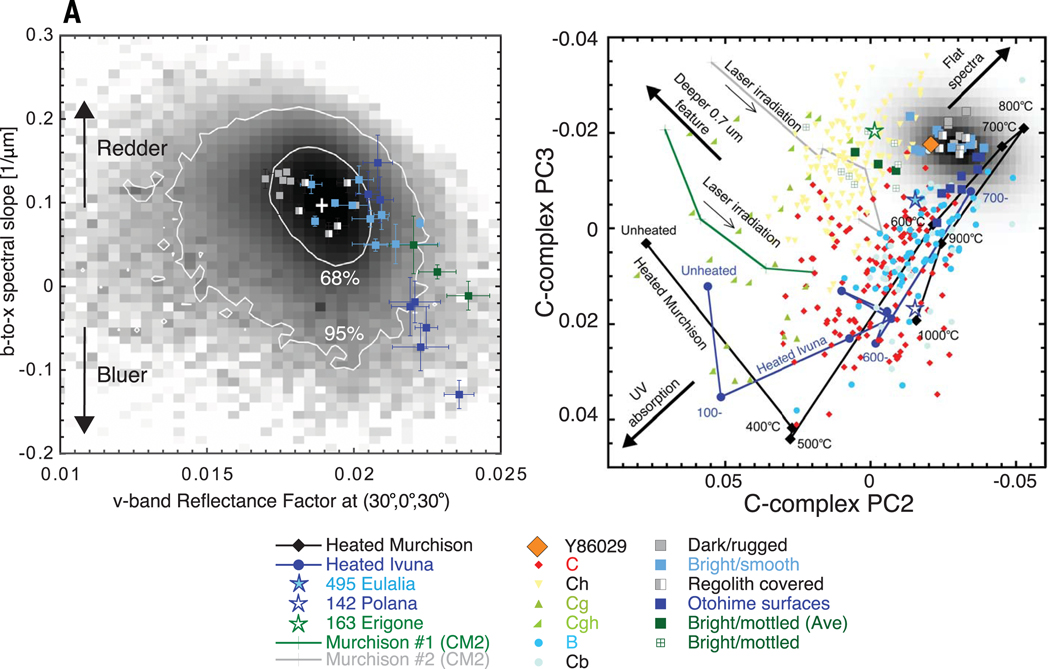Fig. 5. Colors of surface features on Ryugu.
Colors measured from ONC-T images are compared between areas of regolith (gray-black contour) and the four types of boulders (solid, monotone squares) on Ryugu. The legend applies to both panels. (A) Comparison of v-reflectance factor and b-x slope distribution. The average value of Ryugu’s surface is indicated with a white cross. Contours indicate 95 and 68% of the surface area. (B) Comparison of principal component space (PC2-PC3) and main-belt C-complex asteroids (56) (colored circles), a moderately dehydrated CC [Y-86029, orange diamond (58)], Murchison (CM2) samples with heating [black line (58)] and laser irradiation [light green (59) and gray lines (58)], and heated Ivuna (CI) samples [blue line (58)]. Parent bodies of major asteroid families in the inner main belt, Polana (open blue star), Eulalia (solid light blue star), and Erigone (open green star), are also shown (56). Images of the four types of boulders are shown in Fig. 4 and fig. S11. Thick black arrows denote locations of end-member spectra (spectra with deep 0.7-μm absorption, flat spectra, and spectra with deep ultraviolet absorption) in this PC space.

